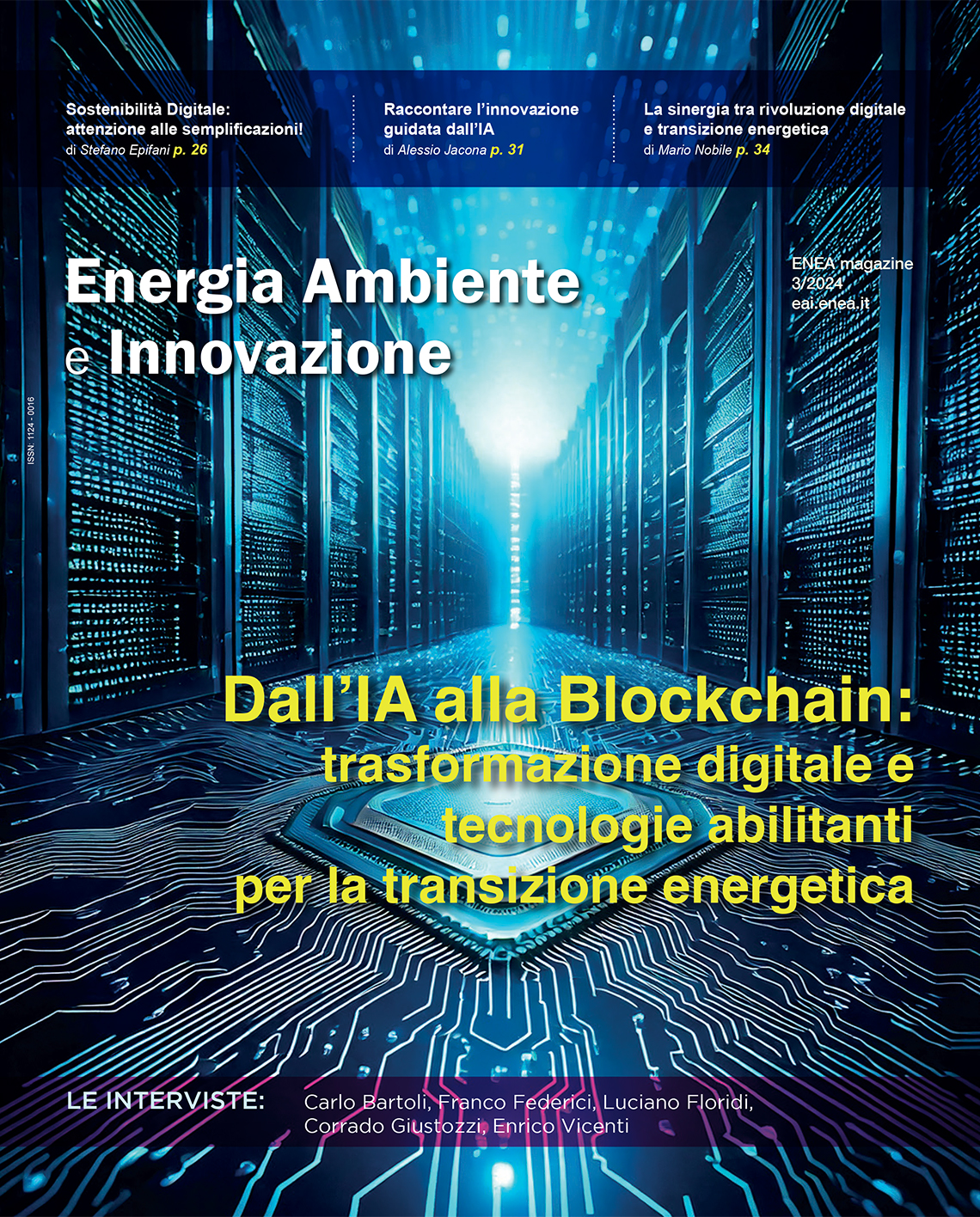Geological and geophysical investigations of “site effects” due to liquefaction in Mirabello following the May 20th, 2012 Emilia earthquake
N. Abu Zeid, Elena Marrocchino e Carmela Vaccaro - University of Ferrara; Daniel Nieto- National Institute of Oceanography and Experimental Geophysics – OGS, Trieste; Marilena Martinucci - Edilgeo
The industrial warehouse area of Mirabello – located 12 km west-southwest of Ferrara, in northern Italy – suffered dissimilar intensities of damage during the earthquake sequence started on May 20th, 2012. The observed site effects were mainly concentrated along the course of the paleo-river bed of the Rhine River, where other villages are situated: Sant’Agostino, San Carlo, Mirabello and Vigarano Mainarda. The extent of the damage has highlighted the need to improve seismic resistance countermeasures of residential and industrial buildings as well as to identify appropriate measures to address the risk of liquefaction and surface rupturing. Our study tries to consider the effect that geomorphology had on the observed damage at Mirabello. The analysis is based on both newly collected geological and geophysical data and the revision of historical data related to the geomorphological evolution of the area. The main outcome of this work regards the importance of detailed mapping of the local structure of the paleo-river bed and its spatial variation. The opportunity to use the non-invasive and indirect methods, such as the Electrical Resistivity Tomography and Induced Polarization (ERT/IP), in mapping subsurface fractures and, possibly, the spatial continuity of the liquefied sand layer(s), has proved its efficiency. Such methods could be promoted to become an integral part to support other subsurface methods routinely employed for the reconstruction of the geological and hydrogeological models. Finally, the possibility to repeat the geoelectric measurements at low costs may also promote it as a tool for short-/long-term consolidation monitoring

